The Grumman F-14 Tomcat is an American carrier-capable supersonic, twin-engine, two-seat, twin-tail, variable-sweep wing fighter aircraft. The Tomcat was developed for the United States Navy's Naval Fighter Experimental (VFX) program after the collapse of the General Dynamics-Grumman F-111B project. The F-14 was the first of the American Teen Series fighters, which were designed incorporating air combat experience against MiG fighters during the Vietnam War.The F-14 first flew on 21 December 1970 and made its first deployment in 1974 with the U.S. Navy aboard USS Enterprise (CVN-65), replacing the McDonnell Douglas F-4 Phantom II. The F-14 served as the U.S. Navy's primary maritime air superiority fighter, fleet defense interceptor, and tactical aerial reconnaissance platform into the 2000s. The Low Altitude Navigation and Targeting Infrared for Night (LANTIRN) pod system was added in the 1990s and the Tomcat began performing precision ground-attack missions.[1]In the 1980s, F-14s were used as land-based interceptors by the Islamic Republic of Iran Air Force during the Iran–Iraq War, where they saw combat against Iraqi warplanes. Iran claimed their F-14s shot down at least 160 Iraqi aircraft during the war (only 55 of these confirmed, according to historian Tom Cooper),[2] while 16 Tomcats were lost, including seven losses to accidents.[2][3]The Tomcat was retired by U.S. Navy on 22 September 2006, having been supplanted by the Boeing F/A-18E/F Super Hornet. Several retired F-14s have been put on display across the US. The F-14 remains in service with Iran's air force, having been exported to Iran under the Pahlavi dynasty in 1976.
Specifications
Spotlights
- X99STRIKER 2.8 years ago
General Characteristics
- Predecessor F-14 71 PARTS!
- Created On Android
- Wingspan 37.3ft (11.4m)
- Length 38.2ft (11.6m)
- Height 12.6ft (3.9m)
- Empty Weight 24,208lbs (10,980kg)
- Loaded Weight 30,906lbs (14,019kg)
Performance
- Power/Weight Ratio 7.271
- Wing Loading 105.9lbs/ft2 (516.8kg/m2)
- Wing Area 292.0ft2 (27.1m2)
- Drag Points 2300
Parts
- Number of Parts 95
- Control Surfaces 4
- Performance Cost 714

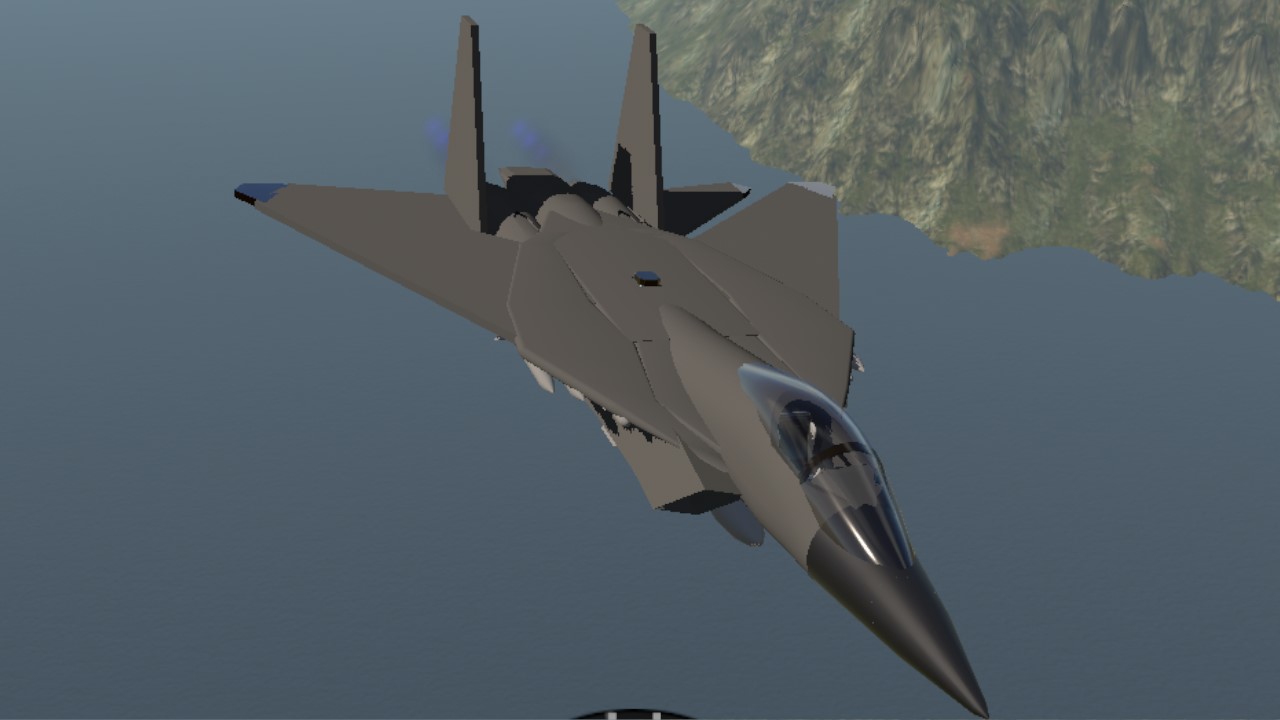

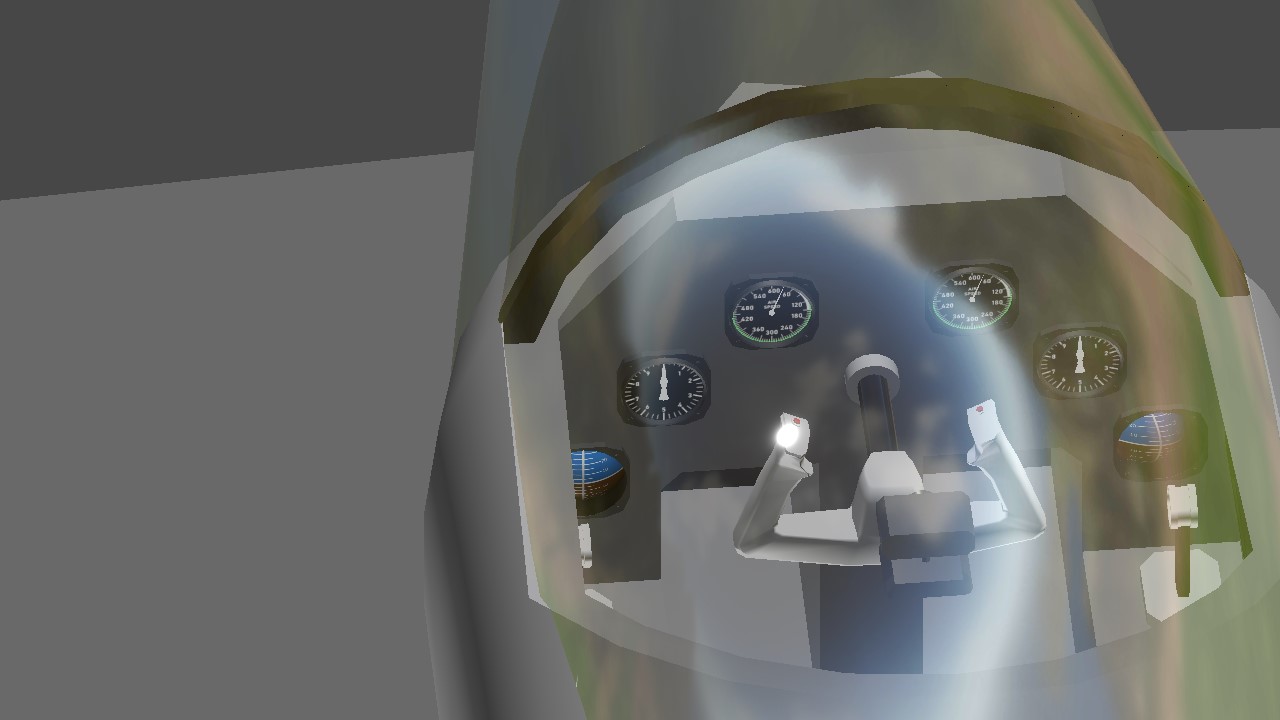
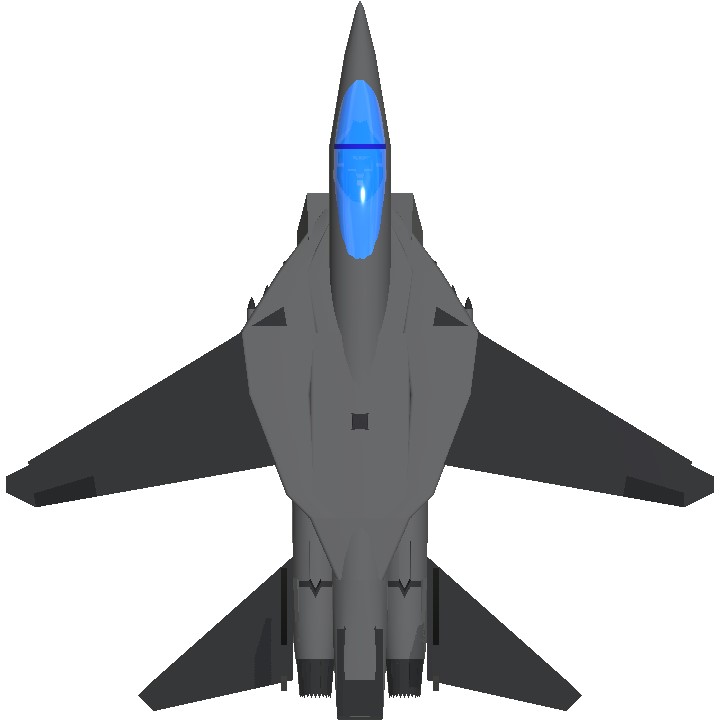
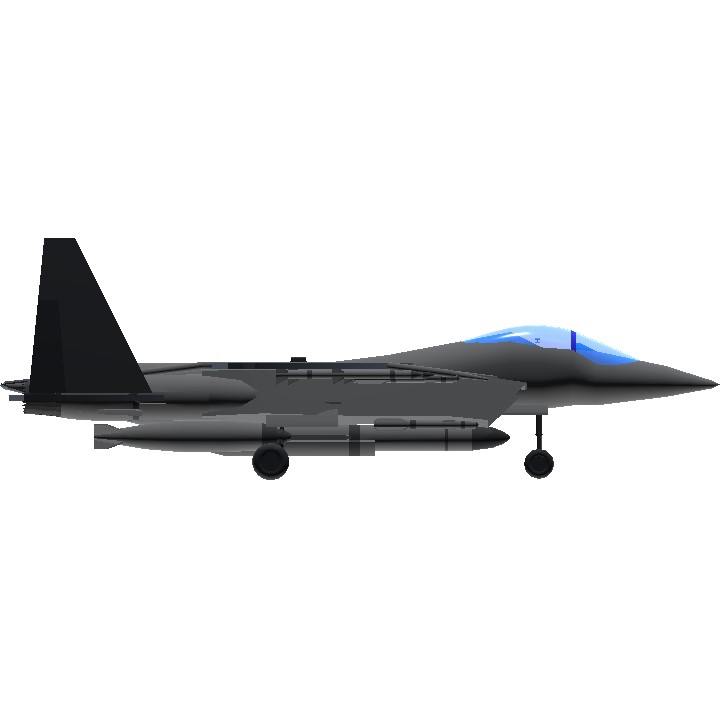
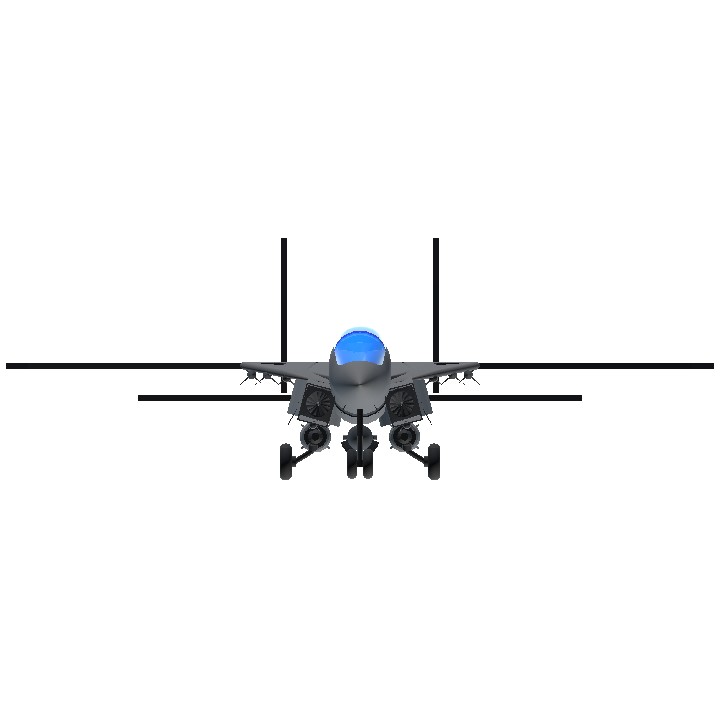
@TheCommentaryGuy @OrionIndustries sorry I have to change it to 20th century.
why is there a 19th century tag
19th Century?!!
@gastonplanes
@X99STRIKER
@mitchellaviation